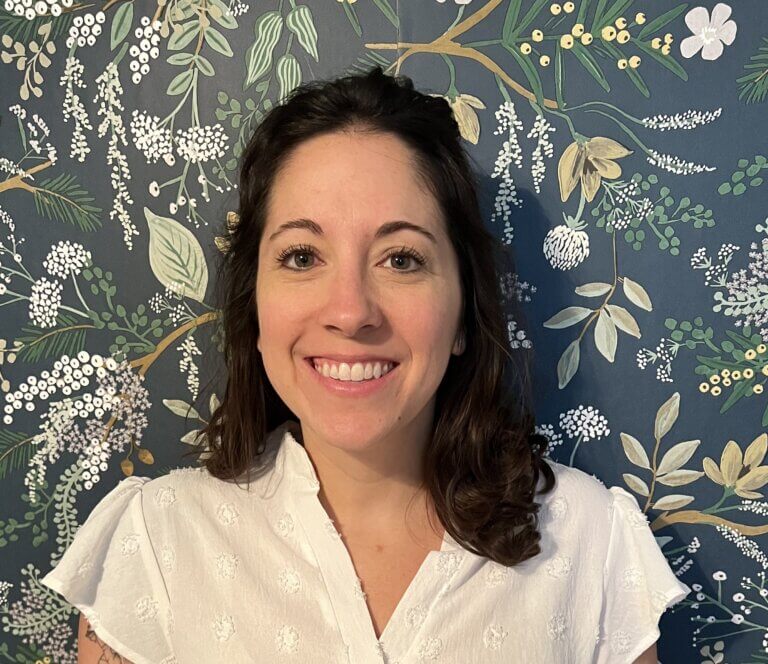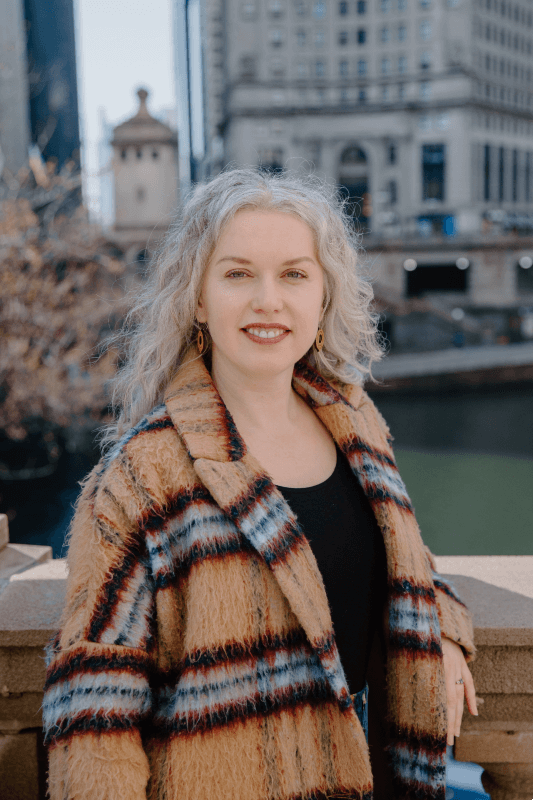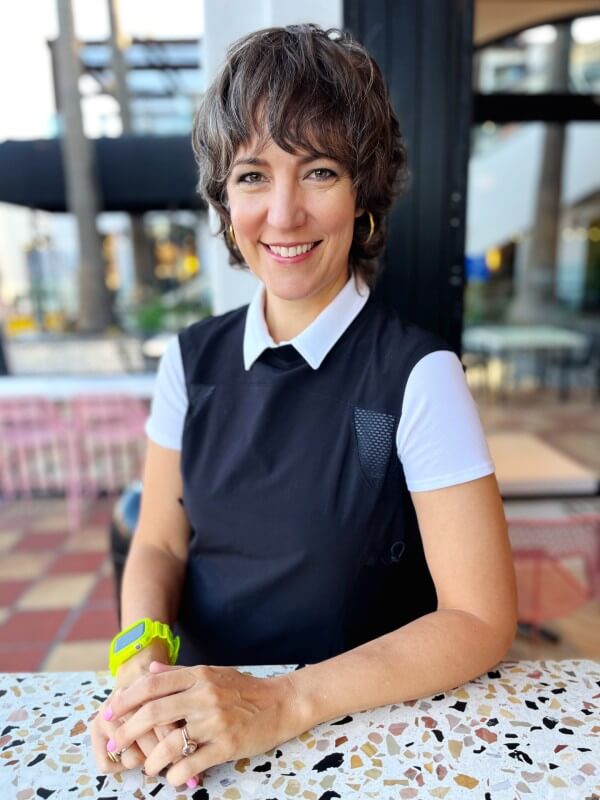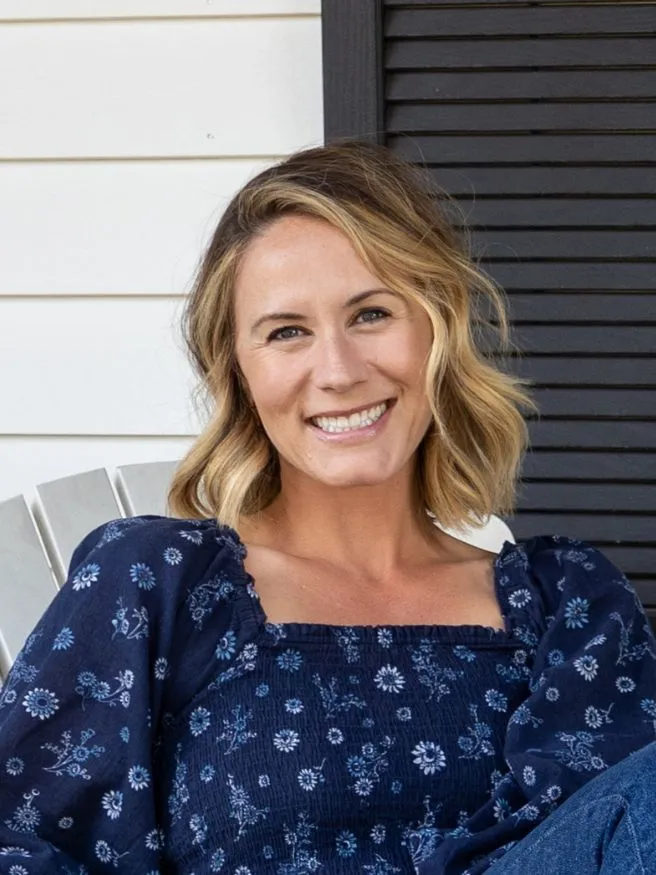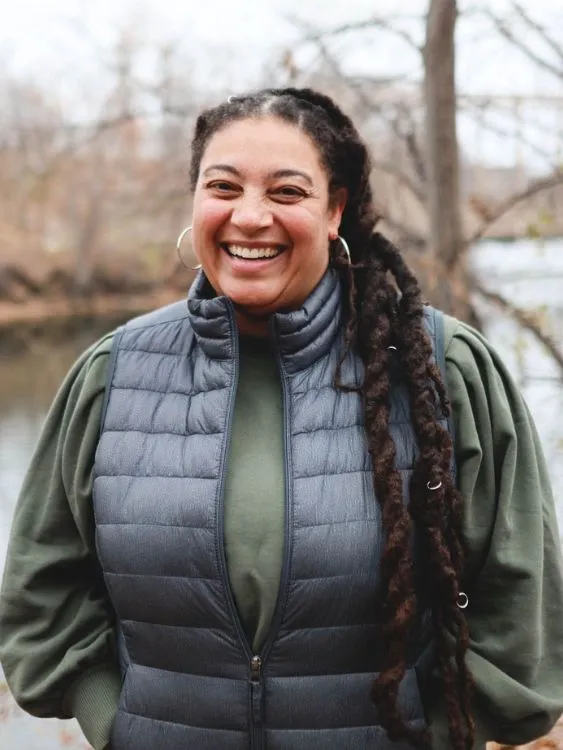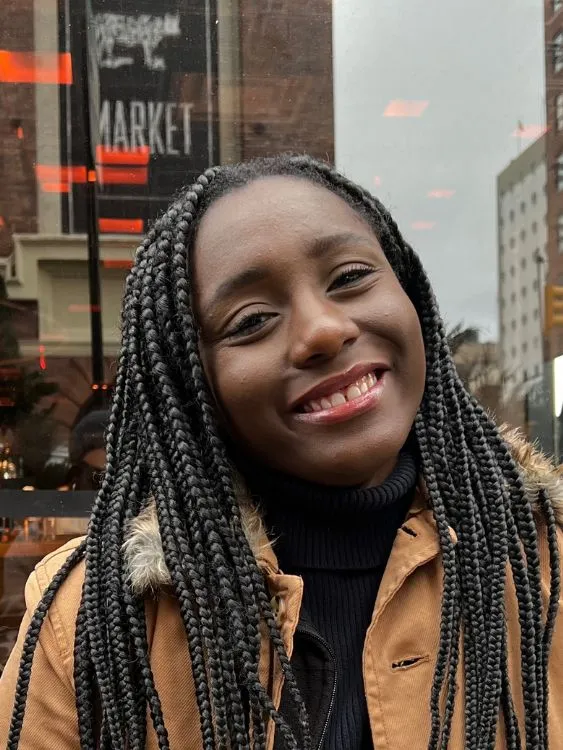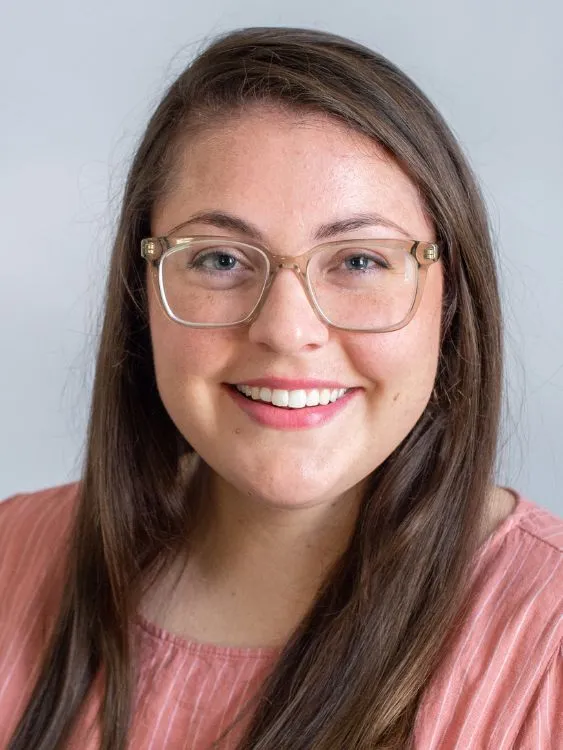
We are grateful to publish this guest blog post written by Lara Minges, MSW, CFNC, CARSS 1, who presented Eating Disorders and Disability: What You Need to Know to our community in May of 2021 (members can watch the replay in our webinar library!).
Lara is a social worker with a disability who cares a lot about children, disability, chronic illness, body esteem, and accessible recreation. She ties these together through consultation with individuals, families, and businesses seeking support around disability issues. Her desire to help change responses to disability is strong. It has led her to become a nutrition counselor with a focus on helping those with chronic illness, an adapted sports and recreation specialist; a certified, licensed Musikgarten early childhood music teacher; and a body image coach (currently in progress).
She is currently seeking clients for her nutrition counseling program and people who want to join Groove, a fun, adaptable dance class for adults in which she is seeking certification. For more, connect with Lara at www.disabilityintersection.org or disabilityintersection@
Want to better support the disabled kids in your life with body esteem? Great! Read on for some ways to do it.
First, seek out families with other disabled kids. Because society generally feels that disability is to be made better with therapies, kids can and do get the message that their bodies the way they are when not doing therapies is not okay. This can leave children more vulnerable to self-hatred as they grow older. One of the ways this can take shape is trying to lessen or punish disability by eating disorders or other means. Spending time with other disabled kids helps develop a self-concept and sense of belonging to the larger disability community, which is helpful through childhood and beyond.
Focus on both ability and disability as important, and stress that neither negates the other. This creates the opportunity for children to see both as neutral parts of being human and also hopefully grow into both in their own way. This applies the concept of body neutrality to the existence of disability in a child’s life. Disability neutrality is a tool for reducing shame, guilt, and, self-blame related feelings over disability and any needed help. It also helps adults to avoid overemphasizing what children cannot do and seeing a person as incapable. Decreasing the dismissal of children and adults with disabilities as one-dimensional helps focus attention on our experiences, voices, and rights. It also helps should a child’s abilities change as they grow up, which is a common occurrence for disabled children that is often difficult. If this happens to your children or a child you know, let the child acknowledge feelings and discuss it as difficult. Express that a child’s body is their own and that they get to choose what that means – regardless of what they can or cannot do.
Along with this, when celebrating disabled children’s physical and mental efforts, place emphasis on effort as well as positive success. Success is important to celebrate, and physical abilities can be a source of pride and power. The balance between pride in ability and acknowledging disability is a difficult one, and there is plenty of space for simply doing the best you can and trusting children to integrate both over time. One thing that often helps is providing as much unstructured, therapy free time as possible. This will allow children to explore and claim their abilities as their own and connect to their bodies without the expectations of others. This is critical for positive body esteem, since a child’s body will be theirs long after regular therapies have ended.
Be aware that disabled children often struggle with body ownership. They may feel their bodies are the property of others, are unimportant, or are defective. Body hatred in the disability community is extremely high, and re-framing disability as natural and common can help strengthen children’s self-concept and connection to the wider disability community. If a child needs help transferring or otherwise moving from place to place, it is deeply important to stress choice in how this happens and that a child’s body has boundaries and belongs to them no matter who is helping them or what assistance they need.
Independence is a big concern for most disabled people, including children, but it is critical to watch and engage with children to see what they value and want to be able to do as well as they can. Pushing children to be independent equally in all ways is not helpful. Instead, it often backfires as children push for more autonomy, their way. Stopping when this happens and talking about what is happening will help children see that their experience is valuable to you. This, too, builds self-esteem and valuable self-advocacy skills.
Speaking of these, the equipment disabled children use to access the world becomes part of their internal body map and image. It is thus important to acknowledge it as part of who they are. Kids with communication devices have told me that the voice they use to communicate is simply theirs. Emphasize that doing things differently is okay. This will allow a child to recognize that how non-disabled people do things is not necessarily better. In turn, this reduces shame and unhealthy attempts to be less disabled.
Stress that everyone’s body is different, that everyone has their own experiences of their body, and that we can all come together to support each other. Focus on foods as a source of fuel and enjoyment rather than categorizing them as good or bad. Learning about the vitamins, minerals, and other compounds of foods can help with this by allowing a child to learn about nutrient density and which foods naturally have more and which have less. This allows choice and knowledge in the context of nutritional needs as a whole. Many disabled kids and teens develop eating disorders because of realizing that their disabilities don’t change and trying to make their care “easier” for others. It can also be a way to punish oneself or express shame, disgust, powerlessness, grief, anger, or other feelings around their bodies and disabilities. To help with this, it is important to be aware of your own feelings and responses about children’s disabilities and care needs. Avoid comments about body size, shape, weight, referring to a child as “dead weight” or stating the difficulty of providing care to a disabled child either directly to a child or in a child’s presence. Find support with whom you can vent feelings just like you would in other childcare situations. This is healthy and a great way to give voice to frustration without a child internalizing your challenges.
One of the best ways I have found to support disabled children’s sense of ownership and fun in their bodies is outdoor activity that is not tied to therapy or social skills development. It is simply fun, it allows children to explore new ways of being in their bodies, and it provides a break from any therapies, helping children focus on their strengths and enjoy themselves. Art, music, and creative movement as appropriate are also great ways to build self-expression and body confidence. This need not be expensive or formal. Just a few art supplies and paper can go a long way. Turning on a song and letting a child move or stopping and letting them be still or move in silence can be fun. Letting kids with speech disabilities sing and make sounds can be immensely freeing and go a long way towards self-esteem. If you need adapted art supplies, many are available online and can be further adapted as needed with a little ingenuity.
Above all, remember to have fun. The children in your life will feel your respect and love, and it will strengthen them in hard times. It will also encourage them to bond with people in general and to honor the experiences of others. It may help children to advocate for more access and change responses to disability. No matter what, it will be positive. Enjoy it!
Want to learn more?
Members have full access to the Learning Library!

